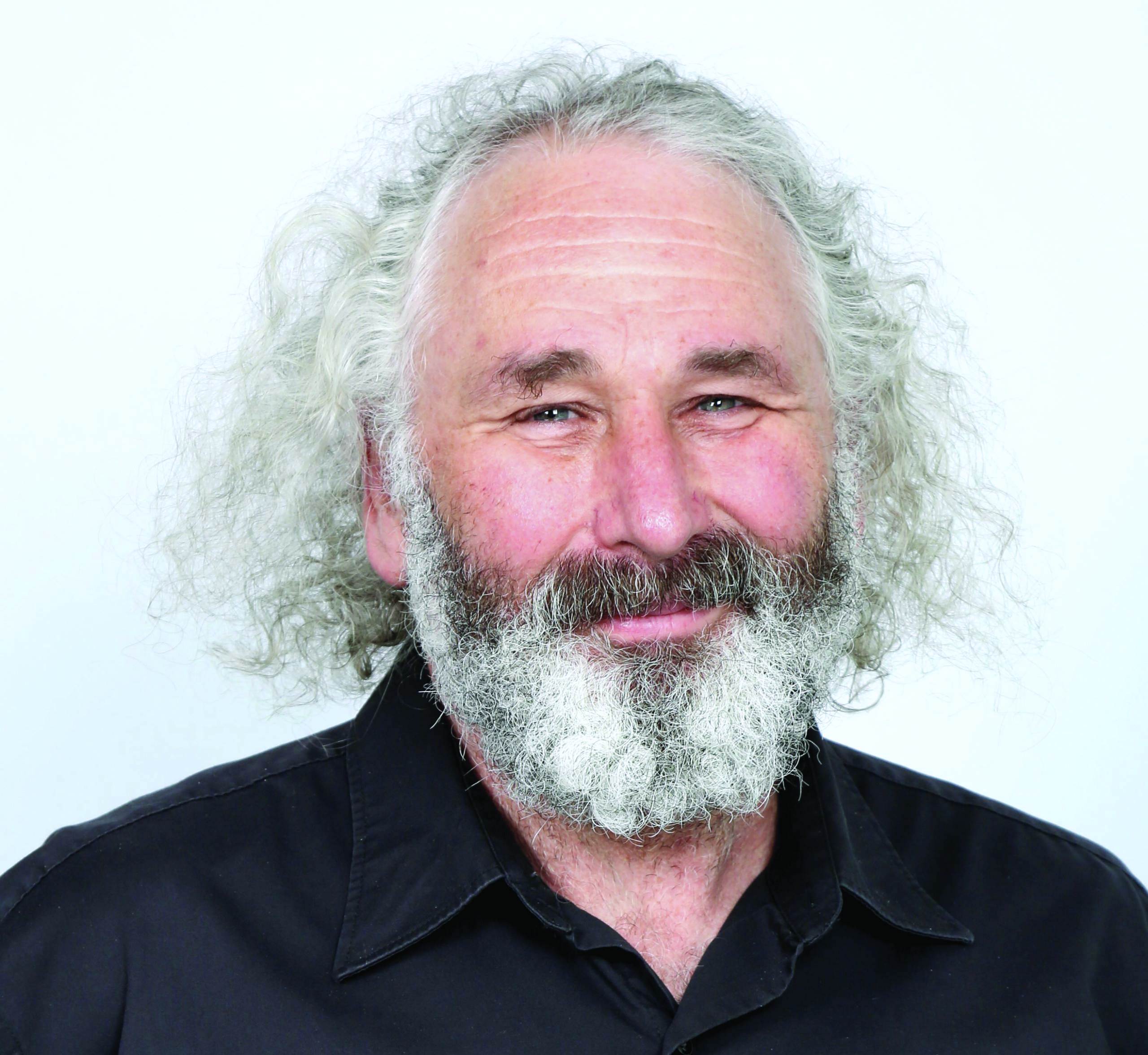EDITORIAL

Assoc. Prof. WAYNE WARBURTON
Developmental Psychology, Macquarie U.
CMA VICE PRESIDENT
I keep seeing reports in the media that new findings show that violent media have no negative impacts on children, and that it is time to let that idea go. But is that true? Well, there are some very loud voices that say so, but in my mind those voices seem to be ignoring some very important facts.
First, in order for this to be true, you have to accept that violent media is a zone of exception where well established psychological processes do not apply. For example, you would have to accept that while educational media teaches, advertising media influences, and simulators (such as flying simulators) teach valuable skills, violent media alone has no impact on the way that children think, feel and behave. To me, this seems ridiculous.
For violent media to have no impact on children, then the following laws of psychology (amongst others) must not apply to it:
- associative learning (learning by associating one thing with another);
- operant learning (doing things more if they are rewarded and less if they are punished);
- social learning (learning from watching what others do; imitation through ‘mirror neurons’);
- the brain being an associative neural network that wires up every second of every day in response to what we experience, and that links together the representations of things that are linked in real life; and
- desensitisation (responding less to something the more we are exposed to it).
Really? The evidence for these processes is overwhelming and they underpin whole social systems such as education, parenting and therapy. For me, this alone makes the notion that violent media has no effect on children unsupportable scientifically. The truth is that these processes are universal, and there are no zones of exception.
Second, the scientific evidence that violent media exposure has short- and long-term effects is huge and spans every key method of scientific enquiry, from longitudinal studies that have followed the same people for decades, to population studies, observational studies and carefully designed laboratory experiments. Increases in aggressive thoughts, feelings and behaviour, decreases in empathy and prosocial behaviour, and desensitisation to the suffering of others, are all well-documented. The amount of evidence is not trivial – thousands of studies across many hundreds of thousands of participants. It is true that some studies find no effects, most notably by those who oppose the idea that media violence can have any negative effects and set out to prove it, but across the literature as a whole, these studies are in a minority. And in any facet of science where there are well established effects, some studies don’t find them (usually due to differences in samples or methodological issues). In my own laboratory we find media violence effects over and over.
There have been numerous reviews of the research by highly regarded bodies such as the US National Institute of Mental Health, the US National Commission on the Causes and Prevention of Violence, The US Surgeon General, The American Academy of Pediatrics, The International Society for Research on Aggression, the Society for the Psychological Study of Social Issues and the American Psychological Association among others. All concluded that media violence exposure can impact children negatively.
Third, this debate has seen some pretty outrageous misrepresentations in the media. For example, no respectable media violence scholar claims that media violence effects are huge or are sufficient to make a child violent. Like most effects in psychology, media violence effects are reasonably small, can accumulate over time, likely effect some people more than others across time, and impact behaviour in the context of all the other factors a child is exposed to. For example if a child has some exposure to violent media but comes from a warm loving family where conflicts are dealt with well, the effects of the violent media are likely to be minimal. Media violence scholars take a risk factor approach: for a person to be more than minimally aggressive, or to be violent, there has to be a confluence of risk factors for aggression, alongside few protective factors to offset those risk factors. Media violence exposure is seen as just one of many risk factors, but, crucially, is one of the few we can do something about.
It is easy to be misled in a debate where there are so many conflicting claims made. However, in my view, both commonsense and science tell us that exposure to violent media must have, and does have, some effect on children. A healthy media diet is more important now than ever – consume a moderate amount, consume more of the healthier media (educational, prosocial etc.) and less of the unhelpful media (violent, antisocial, fake news etc.), and make sure media is suitable for the child’s age. CMA reviews can help here.





0 Comments